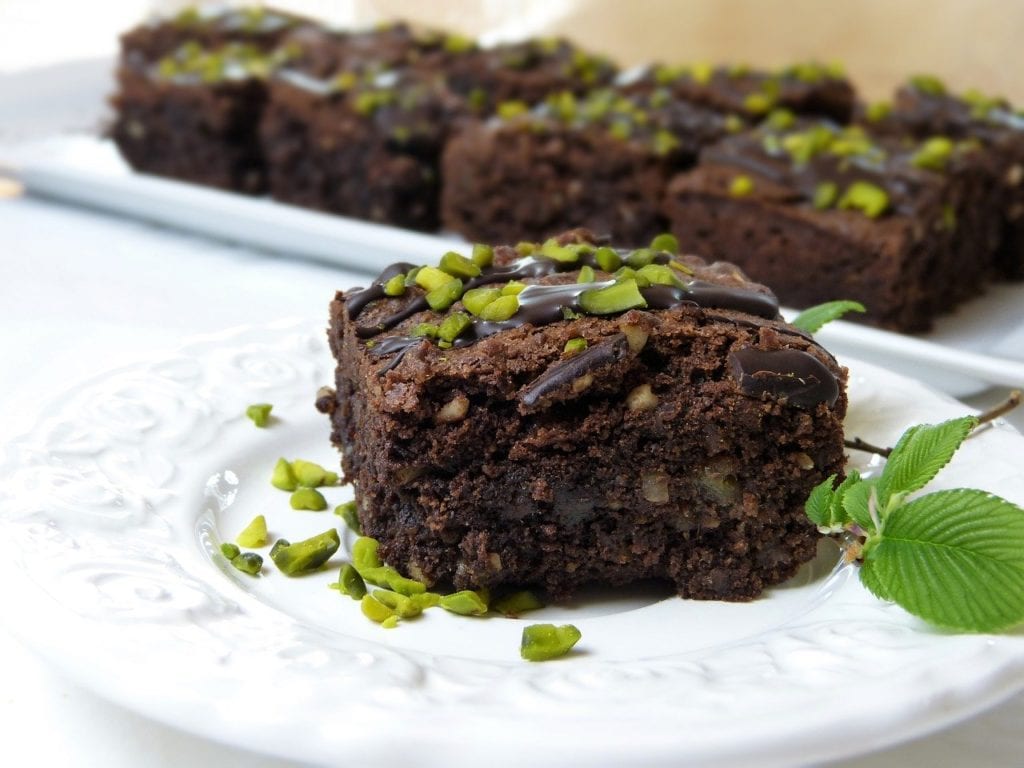Cannabis edibles have made great leaps since the “pot brownies” you either heard rumored about or ingested in high school (accidentally, of course *wink wink*). Now you can find cannabis in everything from butter to gummy bears to savory dishes to gourmet chocolate. But where did cannabis edibles start, and how have they gotten to the level of variety and popularity they are at today? Let’s just take a stroll down edible lane and delve into the history that shaped edibles into what they have become.
The Earliest Known Usage
Historians have a hard time agreeing who ate the oldest edible and when. Based on early Chinese texts, some historians believe that the ancient Chinese drank cannabis-infused tea as early as the 15th century BCE.
Other historians think cannabis consumption started way back when people were just beginning to discover what plants were edible and which were poisonous (we’re talking 50,000 years ago). With how prolific cannabis grows in certain regions, it’s almost impossible to imagine that someone didn’t find and try a sticky bud. And given how raw cannabis doesn’t taste that great on its own, early humans likely worked the green into some other foods to hide some of its… distinct flavor while enjoying the many other benefits.
Bhang
The earliest verifiable incidence of humans drinking cannabis-infused beverages dates back to about 1000 BCE in India. You’ve probably heard of bhang goli, which is a blend of cannabis seeds, water, and sometimes sweetener or added spices. There is also bhang lassi which is cannabis powder that is mixed with a kind of yogurt or cottage cheese into a smooth drink that is thought to be very refreshing. While it is *technically* illegal, bhang is a notable aspect of the Hindu celebration, Holi.
Majoun
The earliest solid edible in recorded history is called majoun, and it dates back to the late first century/early second century over in India and other countries in the Middle East. The great thing about majoun is that it is no-bake (though the weed still needs to be decarbed in a frying pan before using), and mashing a few simple ingredients together yields a tasty, complex energy ball with quite a kick.
Modern mixtures are composed of finely chopped nuts, cocoa powder, spices, honey, mashed dried fruit, butter, and kief or hash, all pressed into a ball and rolled in cocoa powder or coconut (if you’re fancy). It can be a pretty potent little ball, depending on what kind and how much cannabis you put in there, so use cautiously. Throughout history, it has been used during celebrations and to (allegedly) mind-control blood-thirsty assassins.
The Interim
For the next couple thousand years, cannabis edibles go relatively underground. There are some incidences of honorable mention in medieval “medical journals” that prescribe teas and porridges with cannabis products that were designed to uplift the consumer’s mood, but for the most part, people didn’t talk about cannabis much.
Pot “Brownies”
Edibles started becoming a popular treat in France and throughout the United States in the late 19th century, but by the early 1900s, federal lawmakers began viewing it as the “Devil’s Lettuce,” and it was banned in the late 1930s.
In 1954, a woman named Alice B. Toklas published a cookbook that included a recipe for Hashish Fudge, but the name is a bit of a misnomer because it wasn’t what we think of as fudge at all! In fact, her recipe included a lot of spices, dates, nuts, figs, butter, cannabis, and sugar all mixed up and rolled into a ball (which sounds an awful lot like a majoun). The name stuck, though, and soon people started experimenting a little more readily with chocolate fudge and brownies, which lead to the infamous pot brownie revolution in the 1960s and 1970s.
One particularly famous edible advocate was nicknamed “Brownie Mary.” Her real name was Mary Jane (yes, you read that right) Rathbun, and she started baking and selling pot brownies in the mid-70s when she was in her 40s. She wasn’t caught until she was 57, and her sentence included 500 hours of community service, some of which she spent working with people with HIV/AIDS. She discovered that ingesting cannabis brownies helped people with AIDS, which led to subsequent arrests and activism. Rathbun eventually helped California become medical cannabis-friendly through her work on Proposition P and Proposition 215 and her help opening the first medical cannabis dispensary in the US.
Nowadays
Cannabis’ highly distinct flavor used to be an integral part of all edibles, but now confectioners and other cannabis chefs are experimenting with ways to extract the CBD and THC components in colorless and flavorless ways. That means almost limitless potential for spicing up snacks, sweet treats, and savory dishes.
Of course, using your favorite aluminum grinder and portable vaporizer will get you the buzz you want within a matter of minutes, but if you want something a little slower-paced and long-lasting, an edible might be a good treat for you.

